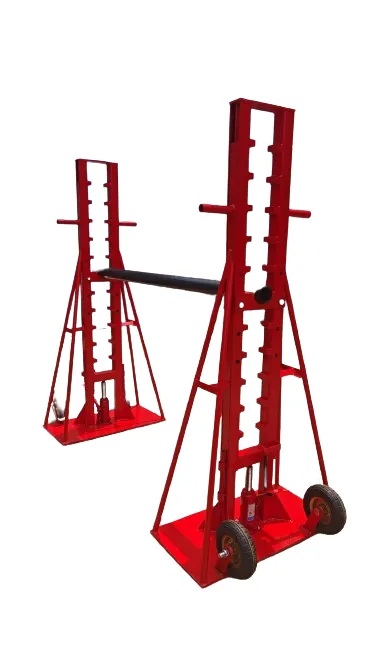
-
 Afrikaans
Afrikaans -
 Albanian
Albanian -
 Amharic
Amharic -
 Arabic
Arabic -
 Armenian
Armenian -
 Azerbaijani
Azerbaijani -
 Basque
Basque -
 Belarusian
Belarusian -
 Bengali
Bengali -
 Bosnian
Bosnian -
 Bulgarian
Bulgarian -
 Catalan
Catalan -
 Cebuano
Cebuano -
 Corsican
Corsican -
 Croatian
Croatian -
 Czech
Czech -
 Danish
Danish -
 Dutch
Dutch -
 English
English -
 Esperanto
Esperanto -
 Estonian
Estonian -
 Finnish
Finnish -
 French
French -
 Frisian
Frisian -
 Galician
Galician -
 Georgian
Georgian -
 German
German -
 Greek
Greek -
 Gujarati
Gujarati -
 Haitian Creole
Haitian Creole -
 hausa
hausa -
 hawaiian
hawaiian -
 Hebrew
Hebrew -
 Hindi
Hindi -
 Miao
Miao -
 Hungarian
Hungarian -
 Icelandic
Icelandic -
 igbo
igbo -
 Indonesian
Indonesian -
 irish
irish -
 Italian
Italian -
 Japanese
Japanese -
 Javanese
Javanese -
 Kannada
Kannada -
 kazakh
kazakh -
 Khmer
Khmer -
 Rwandese
Rwandese -
 Korean
Korean -
 Kurdish
Kurdish -
 Kyrgyz
Kyrgyz -
 Lao
Lao -
 Latin
Latin -
 Latvian
Latvian -
 Lithuanian
Lithuanian -
 Luxembourgish
Luxembourgish -
 Macedonian
Macedonian -
 Malgashi
Malgashi -
 Malay
Malay -
 Malayalam
Malayalam -
 Maltese
Maltese -
 Maori
Maori -
 Marathi
Marathi -
 Mongolian
Mongolian -
 Myanmar
Myanmar -
 Nepali
Nepali -
 Norwegian
Norwegian -
 Norwegian
Norwegian -
 Occitan
Occitan -
 Pashto
Pashto -
 Persian
Persian -
 Polish
Polish -
 Portuguese
Portuguese -
 Punjabi
Punjabi -
 Romanian
Romanian -
 Russian
Russian -
 Samoan
Samoan -
 Scottish Gaelic
Scottish Gaelic -
 Serbian
Serbian -
 Sesotho
Sesotho -
 Shona
Shona -
 Sindhi
Sindhi -
 Sinhala
Sinhala -
 Slovak
Slovak -
 Slovenian
Slovenian -
 Somali
Somali -
 Spanish
Spanish -
 Sundanese
Sundanese -
 Swahili
Swahili -
 Swedish
Swedish -
 Tagalog
Tagalog -
 Tajik
Tajik -
 Tamil
Tamil -
 Tatar
Tatar -
 Telugu
Telugu -
 Thai
Thai -
 Turkish
Turkish -
 Turkmen
Turkmen -
 Ukrainian
Ukrainian -
 Urdu
Urdu -
 Uighur
Uighur -
 Uzbek
Uzbek -
 Vietnamese
Vietnamese -
 Welsh
Welsh -
 Bantu
Bantu -
 Yiddish
Yiddish -
 Yoruba
Yoruba -
 Zulu
Zulu


Oct . 02, 2024 18:48 Back to list
Types of Lifting Shackles for Various Industrial Applications and Their Uses
Types of Lifting Shackles An Overview
Lifting shackles are crucial components in the rigging and lifting industry, serving as connectors between different load-handling equipment such as chains, slings, and hooks. These versatile devices are essential for ensuring safety and efficiency during lifting operations. Understanding the various types of lifting shackles available can help professionals select the right one for their specific needs.
1. D-Shackles
D-shackles, also known as anchor shackles, have a D shape that provides a strong and durable connection for lifting operations. They are primarily used for heavy-duty applications, making them ideal for construction and marine environments. This type of shackle is resistant to load shifting, ensuring that the load remains stable during lifting.
2. Bow Shackles
Bow shackles feature a wider body compared to D-shackles, which allows them to accommodate multiple lifting slings at once. This design is advantageous when rigging loads with various attachment points. Bow shackles are versatile and can be used in various industries, from construction to shipping, providing greater flexibility in rigging configurations.
lifting shackles types

Screw pin shackles are equipped with a removable screw pin, allowing for quick assembly and disassembly. These shackles are often favored for temporary lifting operations, as they can be easily connected and disconnected. However, care must be taken to properly secure the pin during use to prevent accidental detachment.
4. Safety Pin Shackles
Safety pin shackles are designed with an additional safety mechanism to prevent the pin from loosening during operations. This feature makes them particularly valuable in high-stress applications where load stability is critical. Safety pin shackles are commonly used in construction sites and heavy machinery operations to minimize the risk of accidents.
5. Wire Rope Shackles
Wire rope shackles are tailored for use with wire ropes and come with an eye that allows for easy attachment. They are widely used in applications such as tower cranes and fishing, where wire ropes are the primary lifting medium. These shackles are designed to provide secure connections while allowing for flexibility in movement.
Conclusion
Selecting the appropriate lifting shackle is crucial for ensuring safety and efficiency in lifting operations. With various types available—each designed for specific applications—professionals in the lifting and rigging industry must assess their unique requirements before making a choice. Understanding the characteristics and applications of different shackles can significantly enhance operational safety and effectiveness, ultimately leading to successful project completion. Always ensure compliance with relevant safety standards and guidelines when selecting lifting equipment to mitigate risks associated with lifting operations.
Latest news
What Are Construction Tools and How Are They Used?
NewsJul.11,2025
Professional-Grade Duct Rodding Tools for Superior Cable Installation
NewsJul.11,2025
Enhancing Safety and Efficiency with Modern Hot Stick Solutions
NewsJul.11,2025
Empowering Cable Installation with Advanced Rodder Solutions
NewsJul.11,2025
Elevate Your Cable Installation Projects with Cable Pulling Tools
NewsJul.11,2025
Efficient Cable Handling Solutions: Cable Rollers for Sale
NewsJul.11,2025











